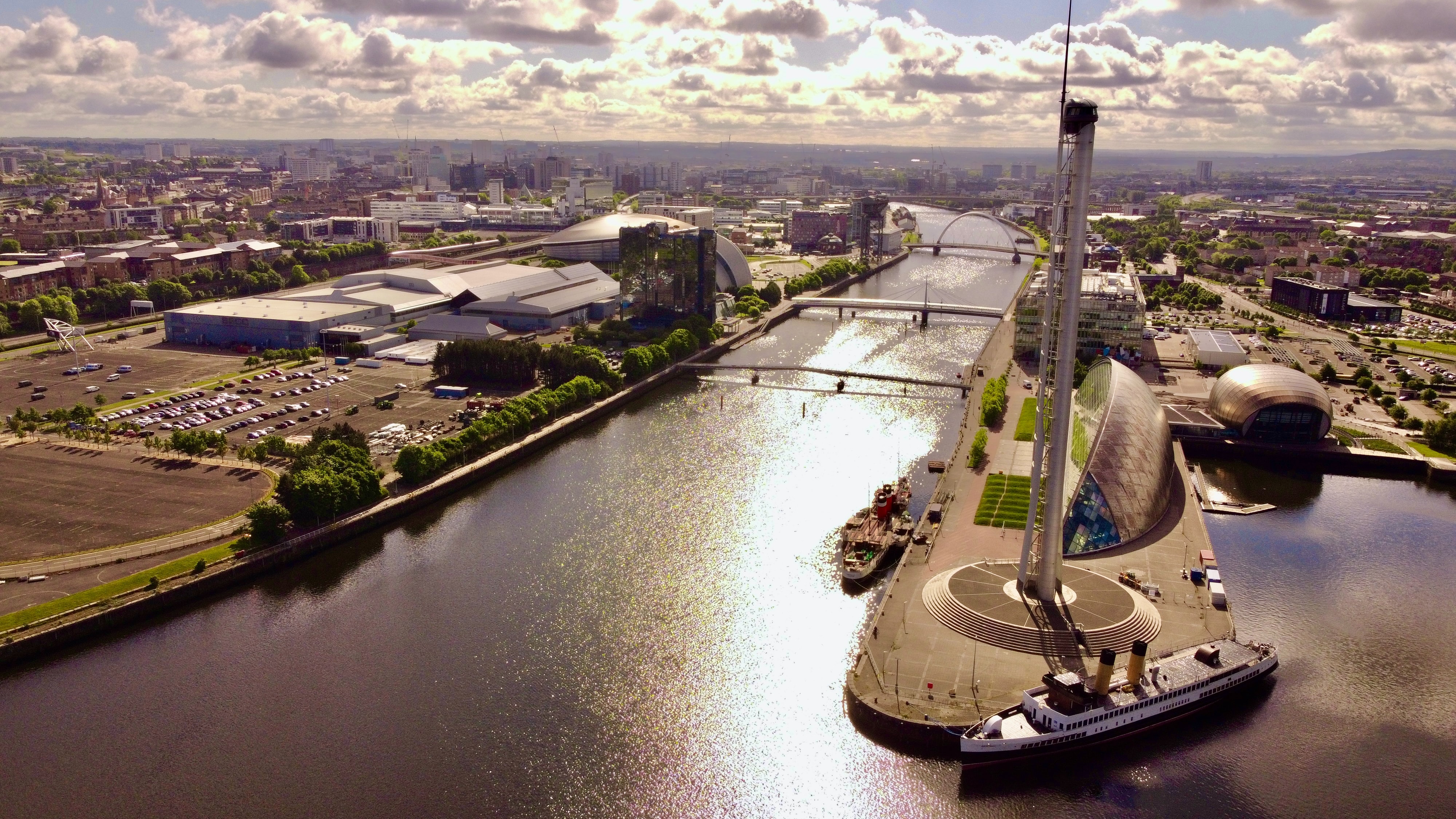This week, the crucial COP26 summit gets under way in Glasgow. The meeting will bring together government leaders, climate experts and campaigners with the aim of agreeing coordinated action to tackle global climate change.
The discussions will be wide-ranging, covering major themes such as deforestation, renewable power generation, and electrification of transport. But although it might not hit the headlines, there’s another issue that could play a critical role in meeting climate change goals: the circular economy.
Producing, consuming and disposing of the products we use in our everyday lives accounts for nearly half of all greenhouse gas emissions. Cutting those emissions means upending the conventional “take-make-consume-dispose” model of growth, and designing waste out of our economy altogether.
In advance of the COP26 meeting, The Economist magazine hosted a webinar which focused on the potential of the circular economy for emissions reduction.
The challenges of going circular
Introducing the event, Vijay Vaitheeswaran, The Economist’s global energy and climate innovation editor, explained that the essence of the circular economy is about keeping materials in circulation and maintaining their utility. But how much of a Utopian dream is this, and what are the practical challenges that need to be overcome if this elegant theory is to become a reality?
In response, Federico Merlo, managing director of member relations and circular economy for the World Business Council for Sustainable Development, explained that, while changing business models to extend the life cycle of products would not be easy, the economic benefits of using and wasting fewer materials should drive business in the direction of the circular economy.
Jim McLelland, Sustainable Futurist at SustMeme, was concerned about possible resistance from consumers in changing their behaviour. Because many people equate consumption with ‘shopping’, they don’t consider the emissions generated during the journey of materials from design to finished product. This could result in friction in the transition to the circular economy.
But Kai Karolin Hüppe, sustainability & circular economy lead for Arthur D. Little management consultants, suggested consumers were becoming more curious about how the materials that made their products came to be in them. And once they know the impact of consumption, people can make informed buying decisions.
She went on to explain how this is getting easier, thanks to new tools from the Greenhouse Gas Protocol and the Science Based Targets initiatives, which can help to identify, measure and manage emissions throughout material life cycles. When the Kraft food company mapped out the sources of its own emissions, it discovered that over 90% were not directly generated by the business, but by indirect sources, such as suppliers and distributors.
Making plastic circular
In recent years, there has been much greater awareness about the environmental damage caused by plastic. One of the world’s biggest plastics manufacturers is Dow, and the company’s commercial vice president for packaging and specialist plastics took part in the webinar to outline how it’s addressing the issue.
Marco ten Bruggencate explained that, while Dow is taking sustainability seriously, the company needs to go much faster. Doing this means making sure the whole production process is addressed, from the way factories are powered to the use of renewable feedstocks to make bio based plastics. And now, Dow is looking at how to make plastics part of the circular economy by making sure that valuable waste is looped back into new packaging structures.
Raising awareness
Education has a vital role to play in the circular economy, and Jim McLelland highlighted an initiative that is providing the construction industry with greater understanding of sustainability issues. The Supply Chain Sustainability School is funded by major construction contractors, and provides free access to training for suppliers and subcontractors in a range of disciplines, including common standards for sustainability. Jim noted that construction is responsible for 38% of global emissions, and a typical supply chain involves large numbers of materials and many microbusinesses in different countries and regions. The collective approach offered by The Supply Chain Sustainability School is an important contribution to a sustainable built environment.
Reversing the trend
Jim is one of the authors of the Circularity Gap Report, an annual progress report on the journey to a global circular economy. The first report, published in 2018, established that the world was only 9.1% circular. But the most recent report put the figure at 8.6% circularity.
It appears that the world is going in the wrong direction, but there are now signs that businesses are moving forward with their own ideas.
The packaging sector, for example, is exploring digital technologies that could drive a truly circular economy – such as blockchain to help with tracking material flows, and digital watermarking to enable better sorting of packaging waste.
And achieving circularity doesn’t mean a company has to completely rethink its business model. Global sportswear giant Nike was able to reduce the waste generated by one of its running shoes by 80% simply by talking to their supply chain.
Final thoughts
COP26 has been described as world’s last best chance to get runaway climate change under control. For all of us, the stakes could hardly be higher. Failure to limit global temperature increases to well below 2 degrees Celsius risks greater pressures on water and food supplies, increased hunger and poverty and more frequent flooding, storms and heatwaves that threaten plant, animal, and human life.
Yet if we were able to double the current 8.6% global circularity figure to achieve 17% circularity, that move alone would achieve the targets on global warming set out by the Paris COP meeting in 2015.
Whatever the outcome of the talks in Glasgow, it should now be clear that the circular economy is a vital element in fostering low-carbon growth. And it might even tip the balance in the battle against global warming.
Further reading on waste management from The Knowledge Exchange blog
- Throwaway lines: poets celebrate the “hideous beauty” of landfill and the unsung heroes of waste management
- Guest post: Why we’ll still need waste in a circular economy
- Lessons from Norway: Deposit Return Scheme
Image: The Scottish Events Campus in Glasgow: location for COP26. Photo by Stephen O’Donnell on Unsplash
Share
Related Posts
Supporting residents on the decarbonisation journey: leveraging data for effective retrofit projects
As the drive towards decarbonisation intensifies, the social housing sector’s ability to collect, store and manage vast amounts of data becomes increasingly critical. With a shared goal of creating warmer, carbon-free homes, housing associations’ strategic use of data is essential ....
A recent item on BBC Radio 4’s Today programme generated an unusually high number of responses from listeners. A man who had lost his job in the financial services sector at the age of 57 described his difficulty in trying ....
The recent spikes in energy costs have thrown into sharp focus the challenge of heating our homes. Domestic heating is important, not just for our comfort and wellbeing, but to reduce humidity and prevent condensation. But because traditional heating systems ....
Tackling geographical inequalities is critical for ensuring that all parts of the country have the potential to prosper. When the UK was a member of the European Union, it was entitled to a share of funding from the EU’s structural ....

